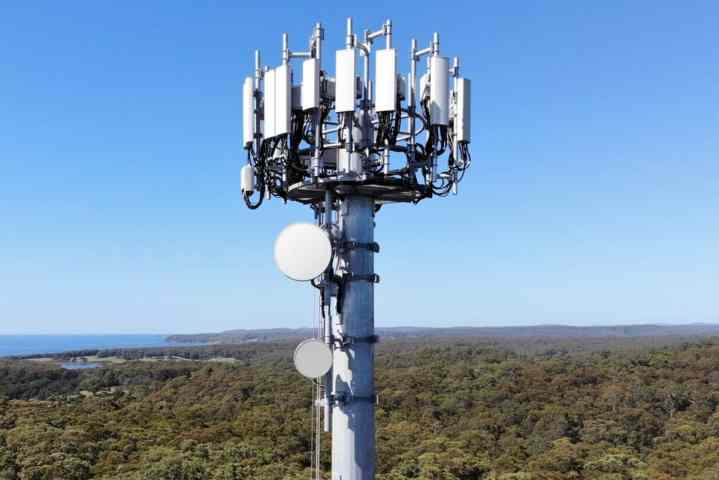
Among the many promises of 5G technology to deliver faster speeds and global connectivity is the ability to bring that world without wires to where you live — beyond your mobile phones and tablets and into your home.
Today, most of us rely on home broadband networks that operate over wires — cable, fiber optic lines, or even plain old telephone service (POTS) lines. However, as 5G coverage and capacity expand, wireless technology has begun to give even the fastest wired broadband connections a run for their money.
What’s more, a 5G signal has the potential to reach more places without running expensive fiber optic trunk lines, making it a more viable way for folks in rural areas to get the kind of broadband speeds that were once considered the exclusive domain of city dwellers.
Many believe that the groundwork being laid by 5G will become the future of home internet access, with traditional broadband services going the way of the dinosaur. While that likely won’t happen for a few more years — probably not before 6G starts to become the norm — the technology as it exists today has some key advantages. It may not be for everyone, but it’s worth learning more if you’re looking for things that traditional broadband providers can’t give you.
What is 5G home internet?
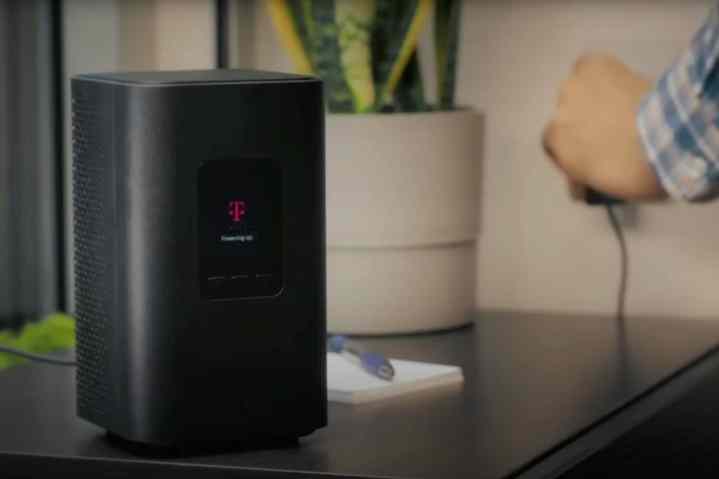
As the name suggests, 5G home internet, also known as Fixed Wireless Access (FWA), uses 5G technology to deliver internet access to all the devices in your home wirelessly rather than relying on copper or fiber optic cables coming onto your property.
In the early days of 5G, many scientists and engineers dreamed of delivering 5G service directly to every device in your home, bypassing the need for a traditional router or modem. While that’s a lovely idea, we’re nowhere near that point yet. Many things need to be worked out before that can happen — from security concerns with having everything in your home directly connected to the internet to mass-market adoption of 5G radios in consumer products like laptops and internet-of-things (IoT) devices.
For now, 5G home internet works much like wired broadband home internet. You’ll still have a router or modem in your home, but instead of accessing the internet through a wire in your wall, it connects to the 5G network.
This means there’s no change in how the devices in your home connect to the Internet. Wi-Fi and wired Ethernet connections are still used to link up your computers, game consoles, tablets, TVs, smart home devices, and anything else in your home that needs internet access. In fact, if you keep the same Wi-FI network name and password when swapping from a traditional broadband router to a 5G home internet gateway, your devices won’t even notice the difference.
Depending on your provider and where you live, a 5G home internet router may require a connection to an external antenna on the outside of your home. However, many newer gateways no longer need this, letting you place them anywhere in your home where they can get a good 5G signal.
Are 5G home internet speeds good?

Although your home devices won’t know the difference between a 5G home internet gateway and a more traditional wired broadband router, you’ll almost certainly notice a difference in performance.
Under optimal conditions, 5G home internet can deliver gigabit-plus speeds, but we wouldn’t recommend counting on that. In 2018, the first Verizon 5G home internet customer in Houston, Texas, reported peak speeds of 1.3Gbps, but even then, Verizon said it only guaranteed 300Mbps. Verizon was also likely putting its best foot forward here for marketing purposes; this first customer was installed in an area with extremely fast (and extremely rare) mmWave coverage.
By comparison, T-Mobile advertises typical download speeds of 72-245Mbps, adding that 25% of its customers get faster speeds, and 25% are below this range. In practical terms, most people can expect speeds from around 30Mbps to 300Mbps, depending on where you live and where the towers are.
That highlights the most significant difference between 5G home internet and wired broadband: your speeds can vary widely depending on the time of the day, weather conditions, and how many other people in the neighborhood are using 5G at any given time.
You’ve probably already seen this on your smartphone, and since 5G home internet uses the same technology and the same towers, it also suffers from the same limitations. Don’t expect top-notch speeds if you’re far away from a tower or your area is only covered by slower, low-band 5G service. On the other hand, you can get some pretty impressive results if you’re fortunate enough to live in an area with mmWave coverage or even strong midband 5G service.

Using your 5G smartphone to run a few speed tests in your home at various times throughout the day can give you a good idea of the performance you can expect from 5G home internet. A 5G home internet gateway might be a little bit faster since it typically has larger antennas and doesn’t have to worry about conserving battery life, but don’t expect to see a significant difference from what you’re getting on your phone, especially if you’re using a flagship smartphone like an iPhone 15 or Samsung Galaxy S24.
However, don’t be dazzled by higher numbers for their own sake. Netflix only requires a 15Mbps connection to stream 4K UHD content, and even premium streaming services like Disney+ and Apple TV+, which typically use higher bitrates, peak at around 40Mbps. Those are also higher than what even the most extreme online games typically require, where low latency is far more important than raw speed. That’s where 5G connectivity can actually win out over some broadband connections.
You’ll need to multiply those numbers if you have several people in your home who want to stream and game at the same time, but the median 150Mbps should be more than enough for most families. The Federal Communications Commission (FCC) publishes a Broadband Speed Guide that can give you a good idea of the speeds needed for various online activities.
5G home internet vs. cable vs. fiber

Cable and fiber can still deliver the kind of download speeds that wireless technologies can only dream of, but 5G is rapidly catching up, and it beats out cable in some areas, particularly when it comes to lower latency.
Unlike download speeds, which measure how much data can be moved every second, latency refers to how long it takes to establish a connection and process each piece of data. To use a simplified analogy, think of your router like a post office. Latency is the time it takes to check each piece of mail and get it onto the right truck, while bandwidth (measured in Mbps or Gbps) refers to the size of the trucks and how fast they can drive to the destination.
While bandwidth is more important for activities like downloading large files and streaming, low latency is more noticeable when surfing and messaging. It’s also essential for online gaming, where you want the person on the other end to get the message as soon as you pull the trigger.
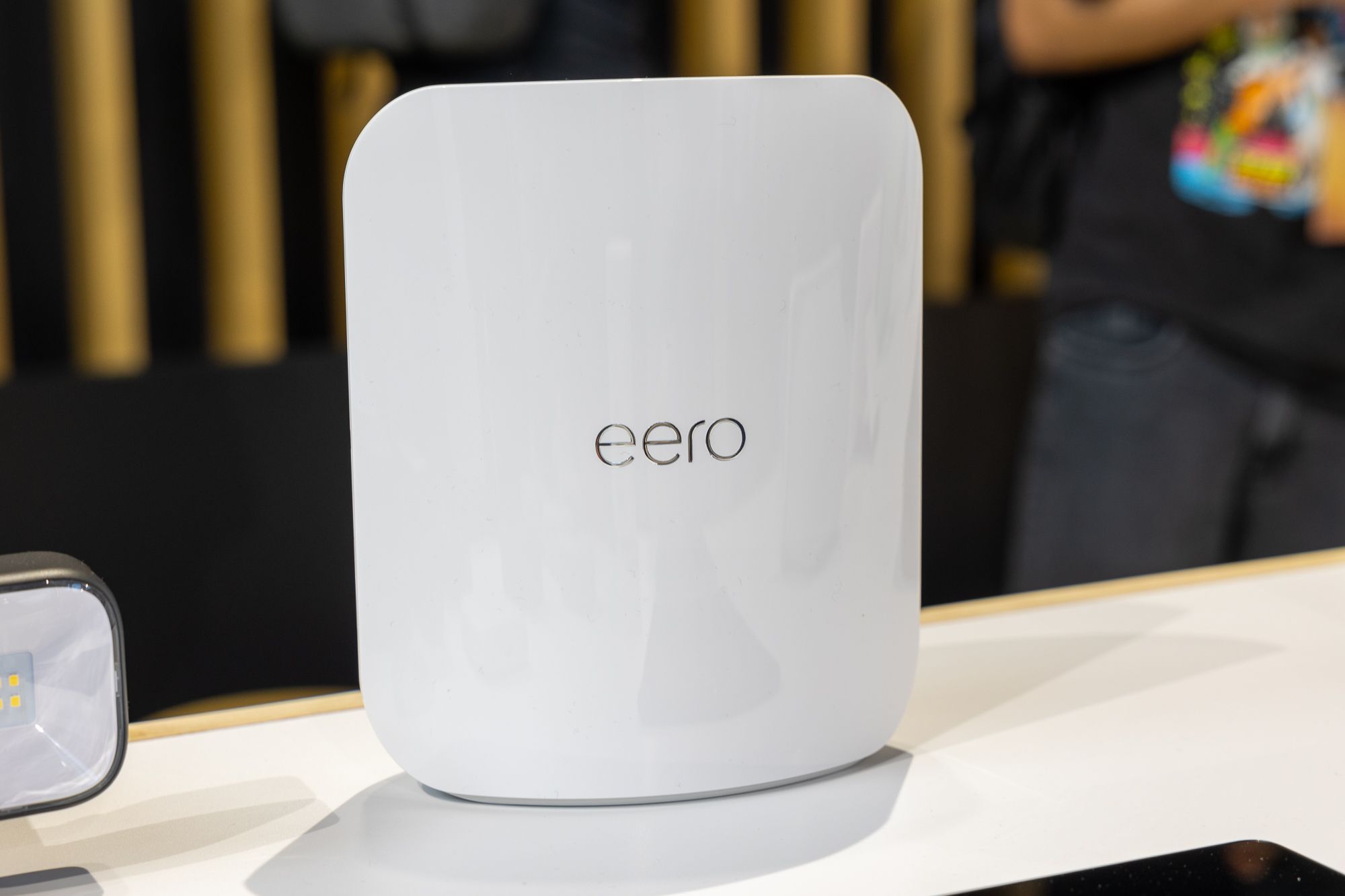
5G and fiber are reasonably on par for latency, while cable typically lags behind. That doesn’t mean you should ditch your cable service for 5G home internet, as there can be plenty of tradeoffs in the other direction, but it’s one area in which 5G typically has an edge, especially if you live in an area with solid coverage.
As mentioned earlier, the biggest downside to 5G home internet over wired broadband is its variability. While you may not get the maximum advertised performance of your wired broadband plan, speeds tend to be more consistent. Many 5G home internet users report download speeds that run the entire gamut as conditions change, sometimes even hourly. It’s not uncommon to see 30 to 50Mbps during the day when the network is congested and see them climb to 250Mbps at 3 a.m. when most folks are in bed.
This makes comparing 5G home internet to wired broadband a bit challenging in terms of raw performance. As a rule, wired broadband providers deliver on their promised speeds as those connections are more stable. When it comes to 5G home internet, your mileage can vary so much that you can’t rely on reviews or reports from anyone unless they live next door.
What providers offer 5G home internet?
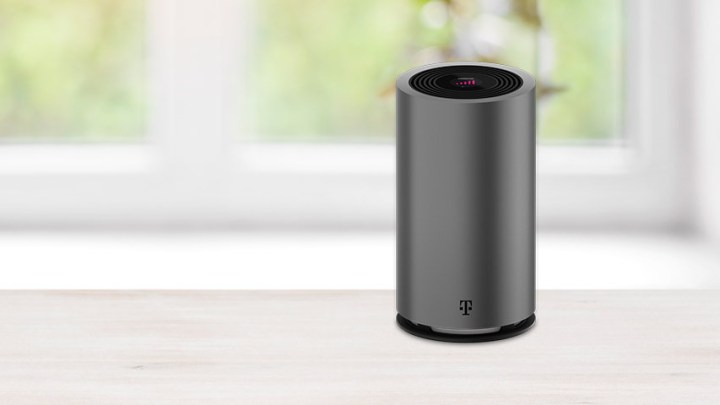
While AT&T was a bit late to the game, all three big U.S. 5G providers now offer their own fixed wireless access 5G home internet plans at reasonably affordable prices.
As with 5G service on your smartphone, choosing the best carrier will depend on where you live. Plus, although none of the carriers require that you have phone service with them to sign up for 5G home internet, they all offer perks and discounts for existing customers.
T-Mobile
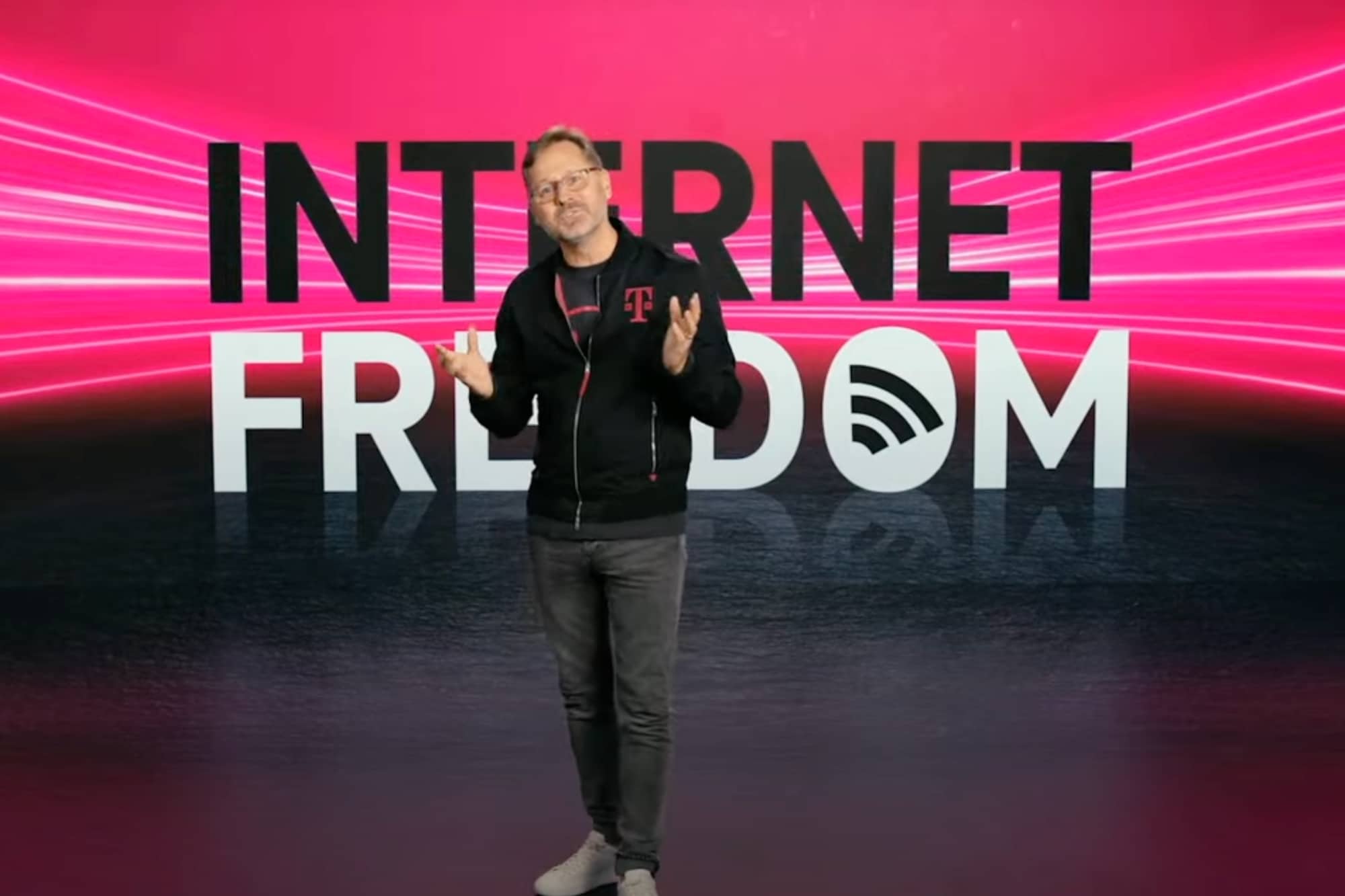
T-Mobile offers the broadest and fastest overall 5G coverage nationwide, with over 90% of the U.S. population covered by its fastest 5G Ultra Capacity network. While most focus on what this means for smartphones, it also extends to its 5G home internet service that it launched in 2021.
If you’re already a T-Mobile subscriber, you can get home internet over 5G for as little as $40 per month, but the best part is that the carrier offers a 15-day test drive, so you can see how it performs in your home under real-world conditions.
T-Mobile is also remarkably transparent about the speeds you can expect, noting in its FAQ that 50% of its customers see download speeds of 72 to 245Mbps and upload speeds of 15 to 31Mbps. About 25% of its customers see speeds even faster than the 245Mbps and 31Mbps, while 25% experience slower performance. If you’re a T-Mobile 5G customer on your smartphone, your 5G home internet experience will likely match this, but you can take the test drive to make sure.
Notably, T-Mobile’s 5G home internet also works on the carrier’s 5G Extended Range network, where many reporting lower speeds are likely situated. Don’t expect outstanding performance if you can’t even get a 5G UC indicator to light up on your phone, but even that low-band 5G network might do better than a DSL connection.
Verizon
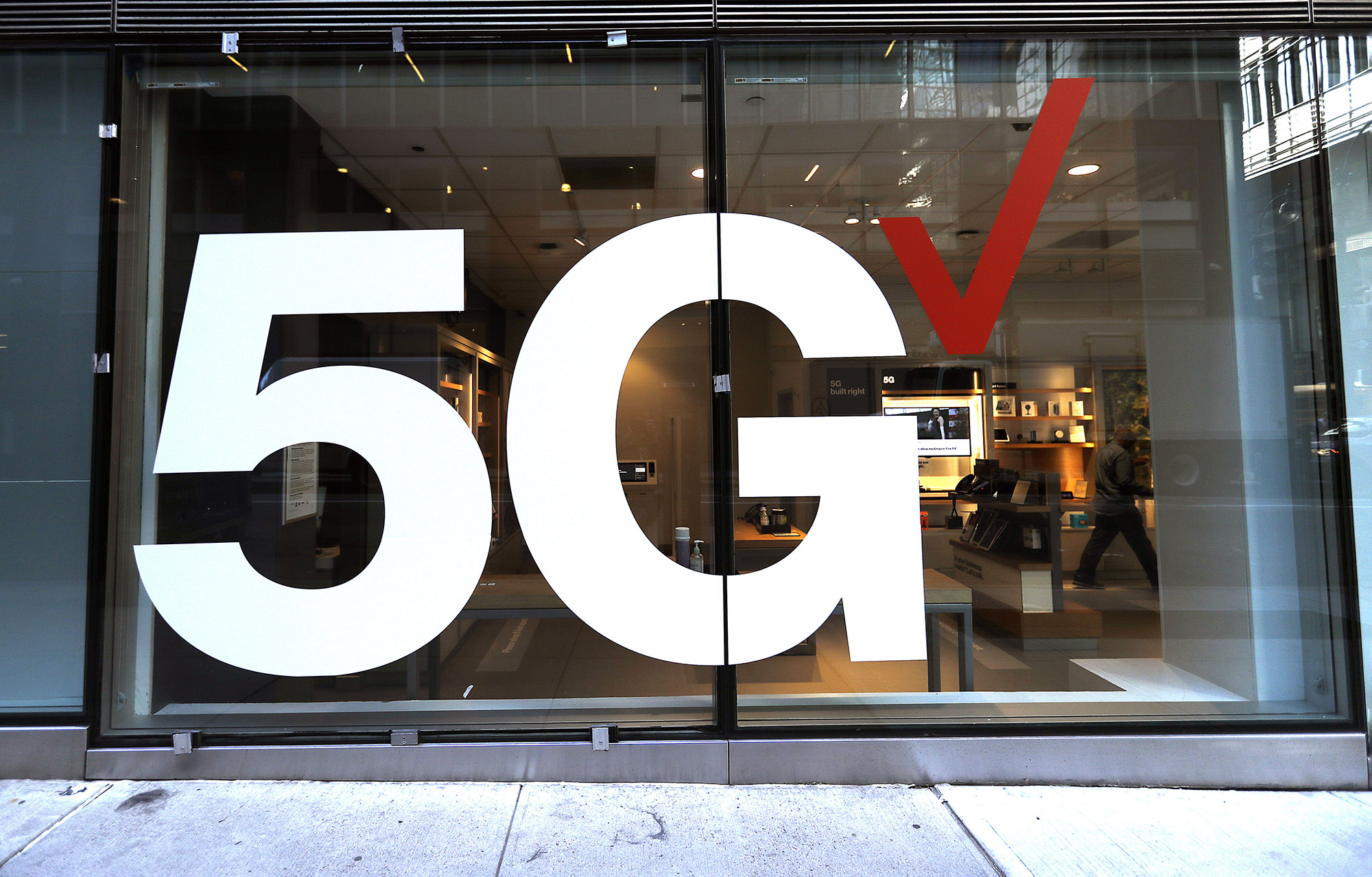
Unlike T-Mobile, Verizon offers two tiers of 5G home internet: a basic plan that starts at $35 per month and a “plus” plan that starts at $45 per month. Both those prices are for customers on qualifying 5G smartphone plans who opt for auto-pay.
The standard 5G Home plan provides only 1080p streaming and a basic wireless router, while the 5G Home Plus plan upgrades that to Ultra HD 4K streaming and a “whole-home Wi-Fi” mesh network.
With Verizon expanding its 5G Ultra Wideband (5G UW) network to include midrange C-band coverage, its 5G home internet service generally performs well even in areas not served by its ultrafast mmWave coverage. Verizon doesn’t say what speeds subscribers can expect overall; instead, you’ll have to use a lookup tool to get an estimate based on where you live.
One benefit of Verizon’s 5G Home Plus service is that you can get staggeringly fast speeds if you live close to a mmWave transceiver. In addition to the early adopter we noted earlier, we’ve seen reports of download speeds up to 2.4Gbps under ideal conditions. However, since mmWave coverage is only found in major urban centers, you won’t likely be switching to Verizon because you lack wired broadband options — even Verizon’s Fios service is available in all the same places.
Verizon’s 5G home internet coverage has traditionally been weaker in those rural areas where it could be most helpful. However, the carrier is slowly improving with expanded 5G UW coverage.
AT&T
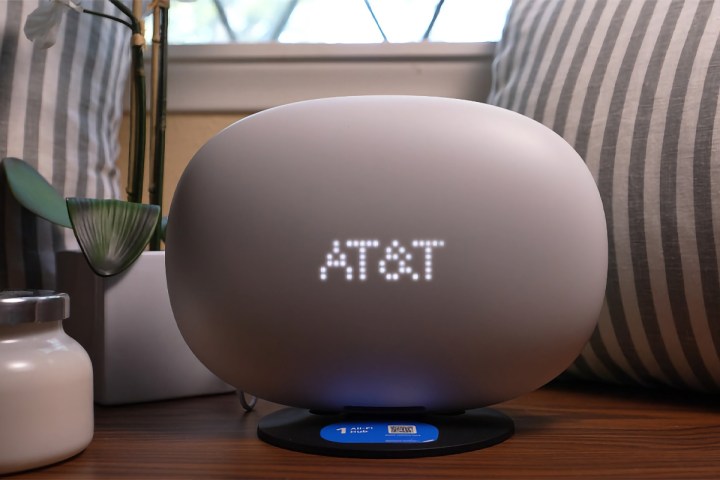
Until last year, AT&T only offered 4G/LTE internet coverage, which made it suitable only for rural areas where few other options were available. It wasn’t until last summer that it launched its new 5G home “Internet Air” plans.
Like T-Mobile, AT&T is offering a single plan that can be had for as little as $35 monthly if you’re already an AT&T subscriber and willing to opt for auto-pay. As of its last expansion on January 30, 2024, it’s now available in 59 locations — a list that likely corresponds to where its midrange 5G Plus network can be found since it also promises to deliver download speeds between 75 and 225Mbps (as of March 2024).
That’s a much shorter list than Verizon and T-Mobile, but it does seem that AT&T is hard at work expanding its availability. It’s already grown from four areas when it launched in August. It’s still too early to tell how well it’s performing for those who have opted in, and AT&T does say it “may temporarily slow data speeds if the network is busy,” so it seems that its cellular customers may still get priority on the 5G network.
Is 5G home internet worth it?

Even though carriers have been playing with fixed wireless 5G since 2017, the technology is still somewhat in its nascent stages. It has yet to reach the staggeringly widespread adoption of mobile 5G technology, and it’s understandably less of a priority for carriers in a world where most folks are generally happy with their cable and fiber broadband services and see no reason to make a change.
However, 5G home internet is out there and available in much of the U.S., and many people benefit from the same excellent wireless performance in their homes as they do on their mobile phones and tablets.
Is 5G the future of home internet? Probably not — at least not in its present form. We’ll probably be switching to 6G smartphones before wireless broadband becomes the norm. There simply aren’t enough reasons today to choose the uncertainty of 5G home internet over more reliable fiber and cable networks.
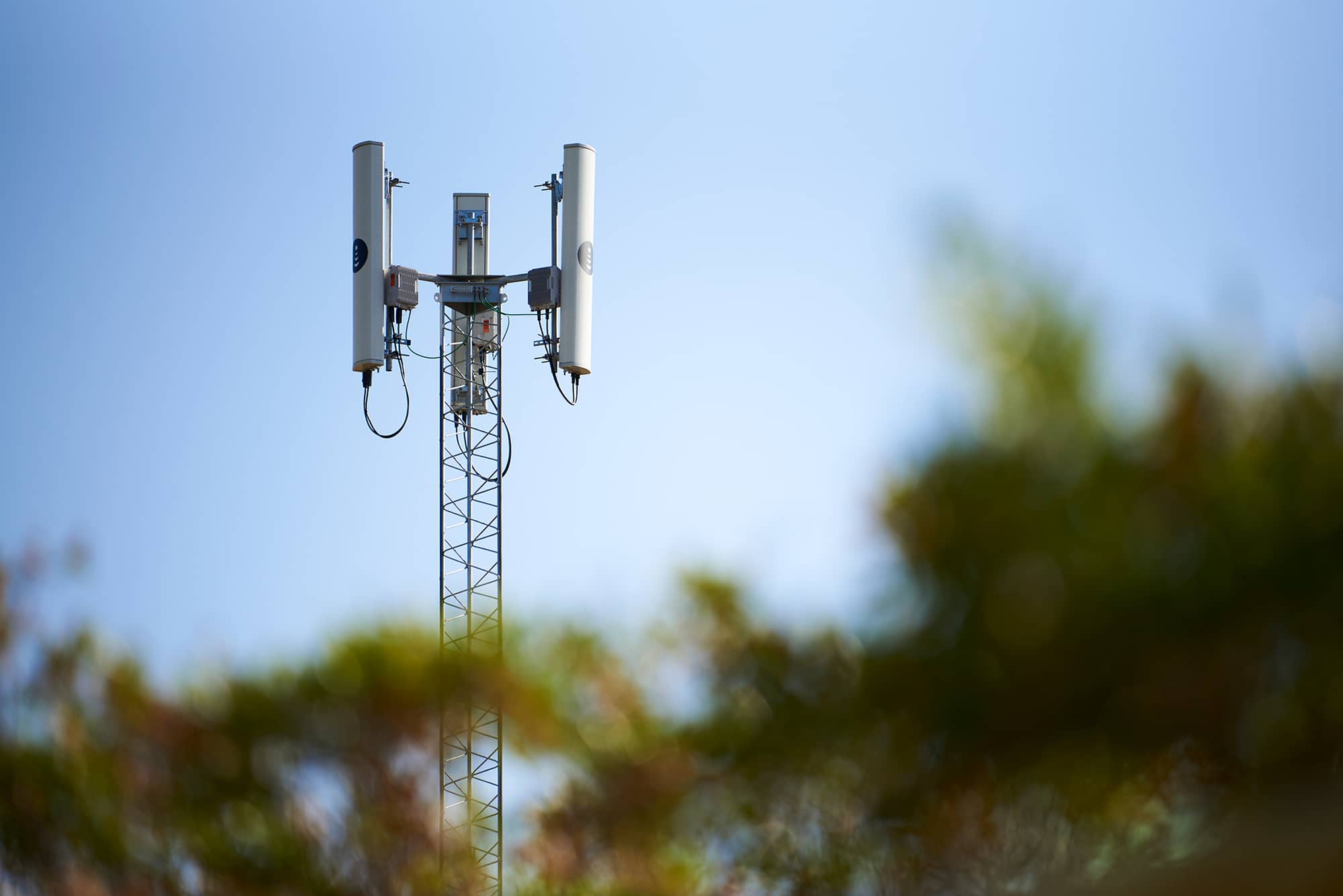
Nevertheless, 5G home internet fills a critical gap for those with more limited options. This is especially true in rural areas, where none of the traditional broadband providers can justify running the expensive fiber optic trunk lines required to deliver high-speed internet. Even premium cable internet services run on a fiber backbone, which is why Xfinity’s plans cap out at 100Mbps or less in more remote places — about the same as DSL services that run over copper phone lines.
However, many of these places are now within reach of 5G mid-band coverage since a single tower can broadcast signals to places where wires won’t go. 5G home internet services are a breath of fresh air compared to more expensive satellite options like Starlink, which starts at $140 per month for unlimited data at similar speeds to 5G home internet, plus $599 for the necessary hardware.
Although satellite internet may still be the only option for those in extremely remote regions, high-speed 5G coverage is expanding rapidly and will undoubtedly continue to do so at a much faster rate than wired broadband infrastructure. That means if you’re not already covered by good fiber or cable service, 5G home internet is your best option now, and that’s not likely to change as wireless connectivity reduces the demand for wired broadband services.
Editors' Recommendations
- Visible’s affordable 5G plans just got even cheaper
- The best Moto G Power 5G (2024) cases: 7 great choices
- The best Moto G 5G (2023) cases you can buy
- Your next phone could get a huge 5G upgrade, thanks to AI
- This tiny dongle will change 5G connectivity forever




